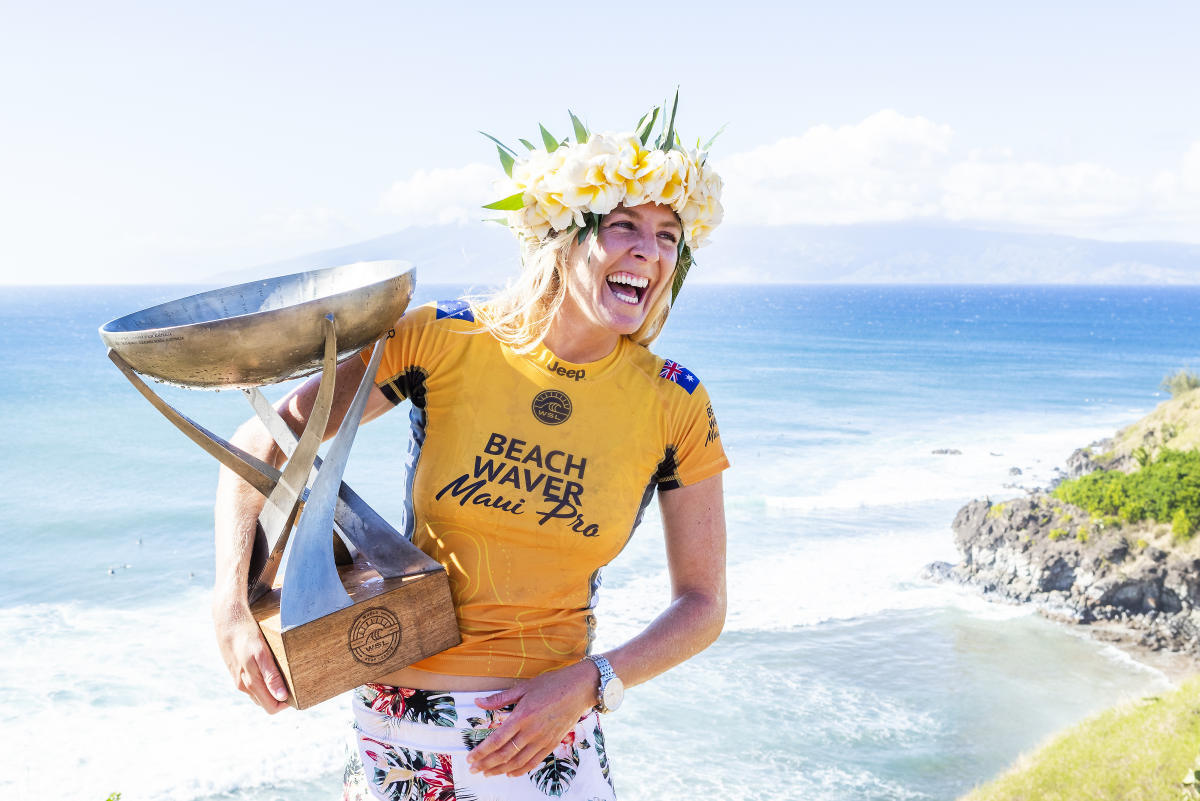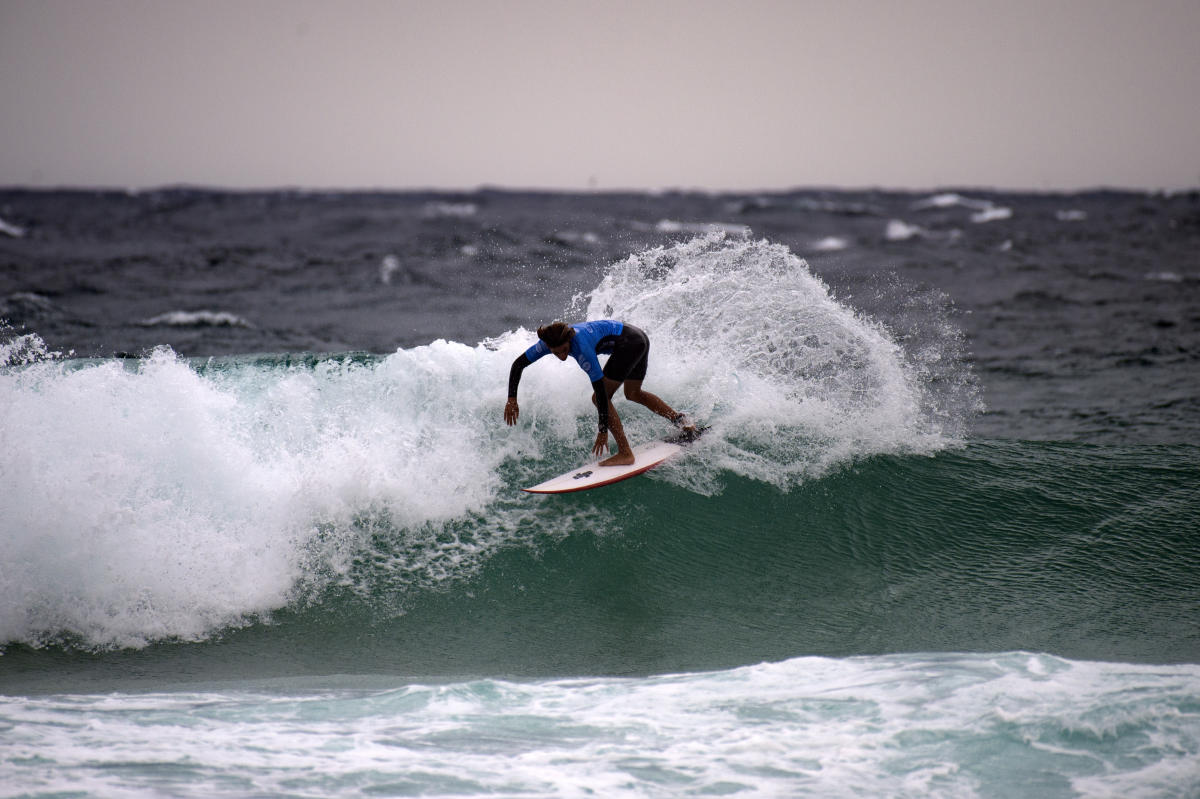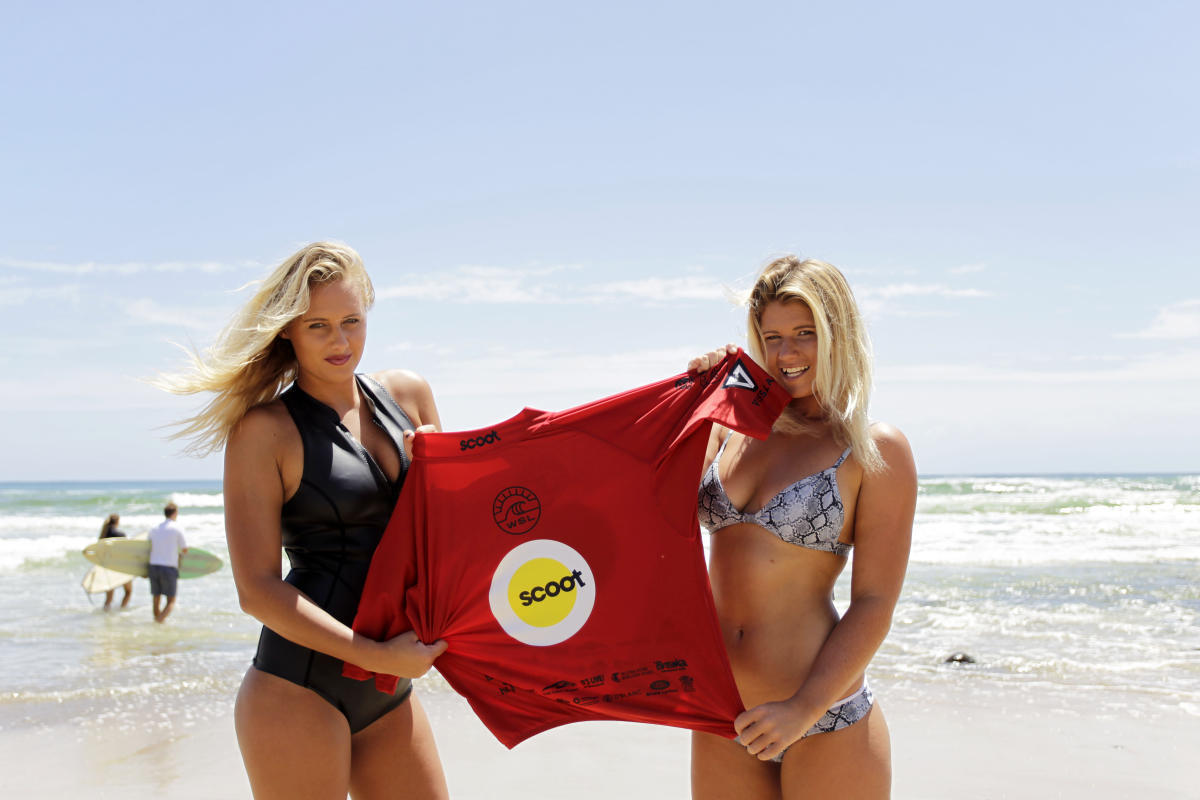Female Pro Surfers Earn $28,000 More Per Year Than Men, Says The Australian Taxation Office
According to the Australian government, women pros make an average of $76,000 per annum to the men’s $48,000. Could it be true?
Did we miss the memo about Lemoore freezing over? Or was it that Shawn Briley flew?
Because over the last week, we’ve been led to believe that 1. Goofyfoots make up half of all surfers and 2. Female professional surfers in Australia earn $28,000 more on average than their male counterparts.
The first stat came from Stab‘s inaugural Stance Poll, which due to certain human-nature-related oversights on our end, proved quite useless.
The second stat came from the Australian Taxation Office, which despite being much more dependable than the crew here at Stab (when have they ever overlooked anything?), must almost certainly be skewed to some degree.
I mean, right?
Here’s what news.com.au reported:
[Futures trading is] one of 72 out of 1100 occupations where women earn more than men, according to the Australian Taxation Office, which has released its annual Tax Stats covering the 2016-17 financial year.
Female magistrates, authors, illustrators and pro surfers also earn more than men.
“They might be very small populations, for example, female pro surfers earn $76,000 and males earn $48,000, there could be a couple of outliers in the female population that bump the average up,” said ATO deputy commissioner Louise Clarke.

If ever there was an outlier in female surfing, Steph Gilmore is it.
Lousie Clarke is half-right. Or maybe a third.
In 2017, Stephanie Gilmore was the sole Aussie female inside surfing’s top-10 earners, alongside her male compatriots Julian Wilson and Mick Fanning, both of whom earned more than Steph.
Other “outliers” who might “bump the average up” include 2016/17 World Champion Tyler Wright (who earned a Title bonus in 2017) and Sally Fitzgibbons, who wears a non-endemic (but highly lucrative) Almond Breeze sticker on her nose.
In and of themselves, these three women cannot account for the vast disparity between male and female pay in professional surf (according to the Aussie Tax Office). Especially because, until 2019, women on Tour were making about two-thirds of the men’s winnings for comparable event placings.
So assuming the Tax Office has its numbers right, where can we make up the difference?

Is this Mothernest Great Lakes Pro competitor truly a “professional surfer?”
Well, let’s talk about “professional surfing.”
If you surf five low-level QS events each year and earn 10k (in sponsor endorsements and contest earnings), but you still live at home and work part-time at your dad’s construction company, does that make you a “pro surfer”?
Technically speaking, and especially for tax purposes, the answer is a resounding yes.
Alternatively, if you’re a “freesurfer” who brings in 20k a year from some odd collection of brands but also lives with mommy and daddy, do you qualify as a “pro surfer”?
Duh!
And how many of those two archetypes – the QS struggler/part-time tradey and/or financially deficient freesurfer – exist in Australia in the male form?
And the female?
The blokes clearly dominate these sectors, meaning there’s a large demographic of cash-poor punters who are bringing down the average annual income of male “professional surfers” in Australia.

While the Coffey sisters undeniably shred, their (presumably) mountainous incomes are more related to their looks than their competition results. Photo: WSL
On the flip side, we have women like the Coffey sisters, Imogen Caldwell, Josie Prendergast, Felicity Palmateer etc. who are technically “professional surfers” (and likely claim that as their occupation on tax forms) but also get paid handsomely for surf-related modeling, all of which gets lumped into the same “professional surfer” pot.
Those same avenues are not typically available to men.
With this system, we end up with a large number of Australian men making very little money but still claiming to be “professional surfers”, thus diluting the millions being made by Julian and Mick. On the flip side, we have fewer female QS grinders to diminish the mighty sums of Steph, Tyler and Sally, along with a healthy number of women who make bank as “professional surfers” but whose jobs consist primarily of modeling.
Well, that’s our best guess at least.
Otherwise, we have no clue how to rationalize that female Australian professional surfers are making $28,000 more per year than their male peers, when, in relation to the top male and female athletes in our sport, that’s clearly not the case.
But thanks to the WSL’s new equal pay policy, that might actually be changing soon.















Comments
Comments are a Stab Premium feature. Gotta join to talk shop.
Already a member? Sign In
Want to join? Sign Up